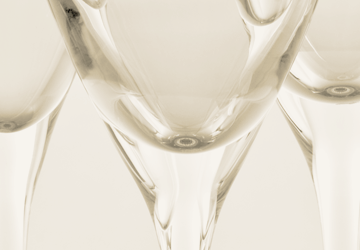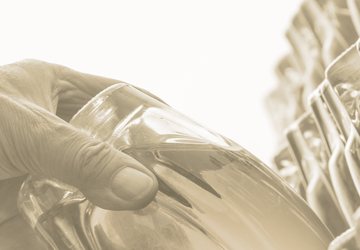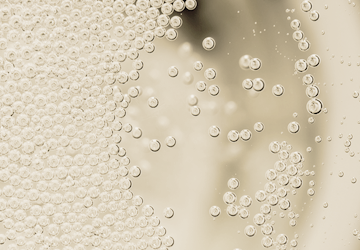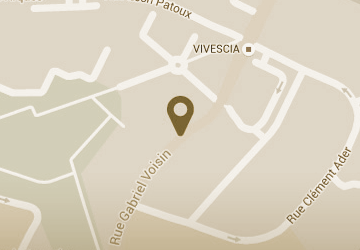Home of Champagne
The 34,000 hectares of Champagne vineyards stretch across 5 departments, 4 main wine districts, 17 subdistricts and 320 villages (crus).
Download
The department of Marne houses 66% of all the Champagne vineyards, Aube accounts for 23%, Aisne 10%, and Haute-Marne and Seine-et-Marne together account for the remaining 1%.
Prior to the vineyards being devastated by the Phylloxera pest at the end of the 19th Century there were approximately 70,000 hectares of vines in Champagne (double the current surface area). By 1908 the pest had reduced the Champagne region to a surface area of just 15,000 hectares, but by 1927 the vineyards had been redesigned and replanted to the 34,000 hectares that are cultivated today.
The vineyards can be further divided into approximately 280,000 individual plots, of which more or less 80,000 are classified as lieux-dits (vineyards that have retained their historical names of origin). The average size of a plot in Champagne is around 12 ares or 1,200 m2.
Wine-growers (vignerons) and their families own 90% of the vineyards in Champagne and the remaining 10% are the property of the Champagne houses. Considering the fact that the Maisons have a market share of 70% of total Champagne sales worldwide it is easy to understand why they are obliged to buy both grapes and grape must for their Champagnes. The average size of a Champagne producing estate is just 2 hectares, the equivalent of 20,000 bottles of Champagne.
In 1911, to meet market needs and facilitate the sale of grapes, a rating system known as the Échelle de cru was introduced. The system classified each grape variety in each village in percentage terms. Grand Cru villages were rated 100%, Premier Cru between 90-99% and Cru less than 90%. These percentages were then applied to the official price per kilogram, that was set for each harvest, to establish the true price of sale.
The system was abandoned in 2006, under the free market regulations imposed by the European Community, but the titles Grand and Premier Cru were maintained and can still be mentioned on wine labels providing that all the grapes used in the Champagne come from a village that was rated accordingly. Furthermore the AOC recognizes the 17 Grand Cru and 42 Premier Cru villages originally classified as such under the Échelle de Cru.
An attachment containing the details of the 320 villages is available for download. The information provides details concerning the wine districts, the subdistricts, the historic Échelle de cru valuations, and the grape varieties grown in each village.









